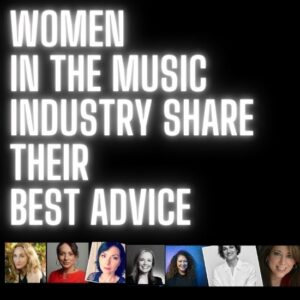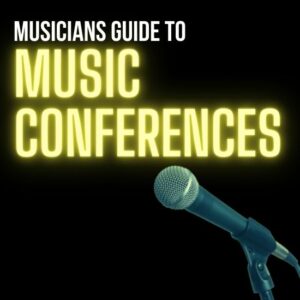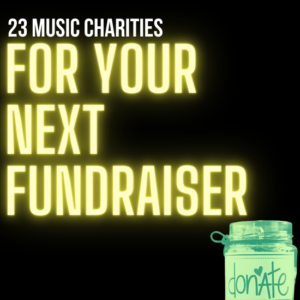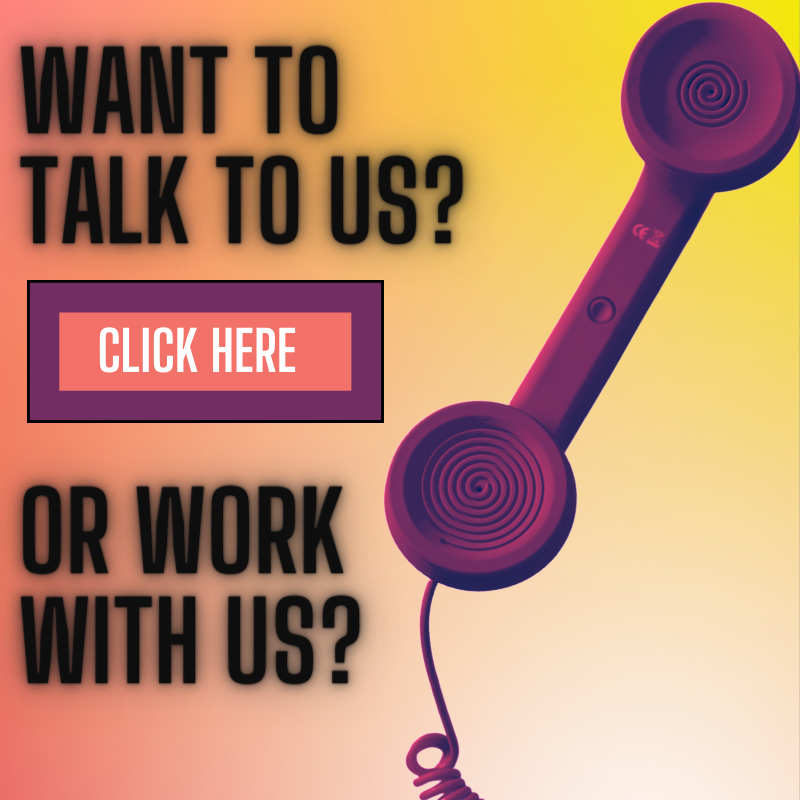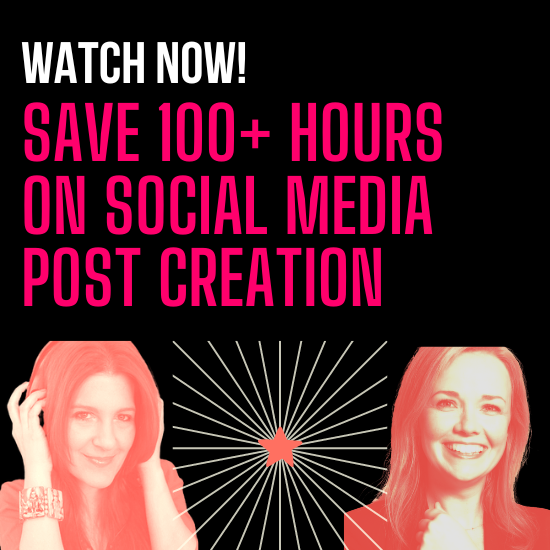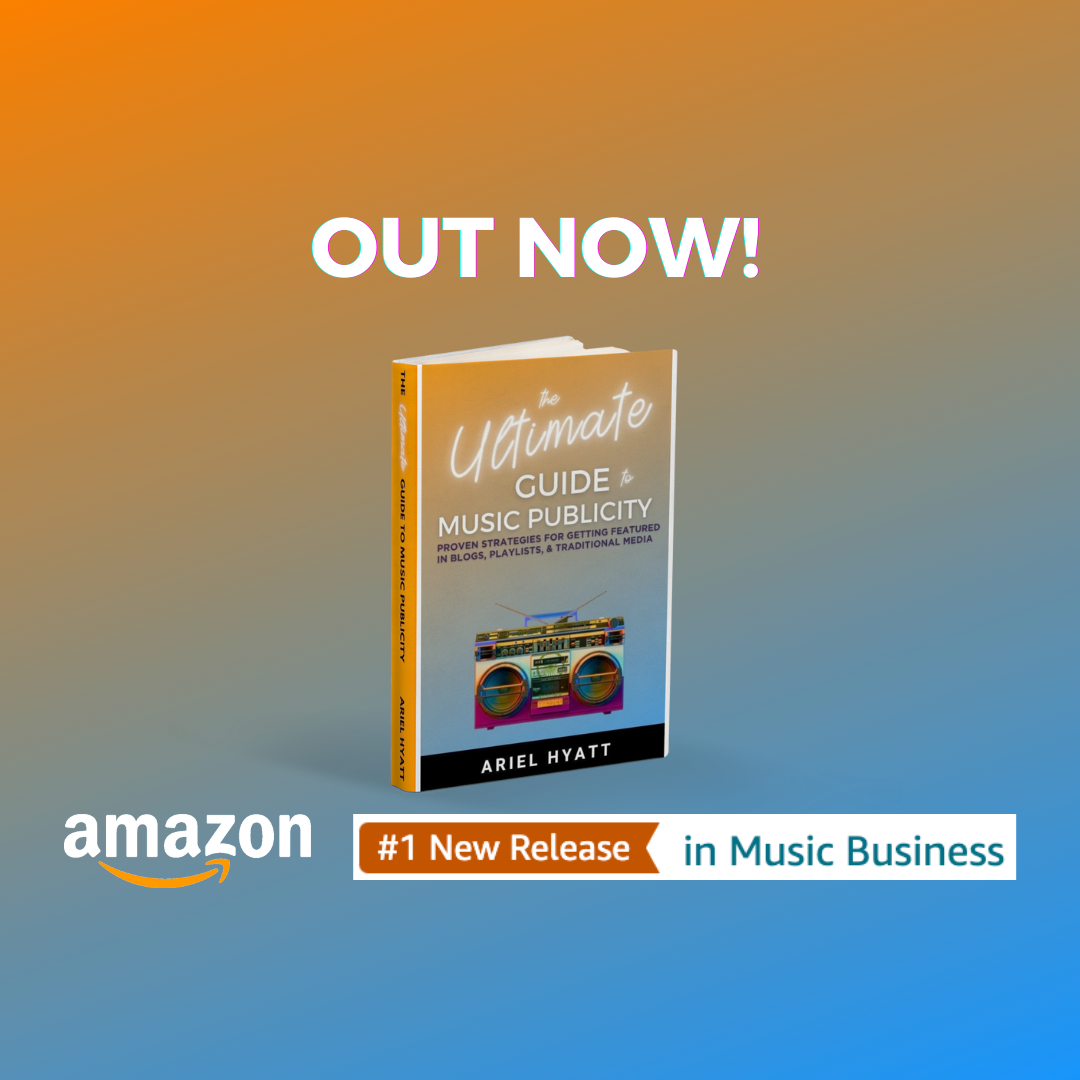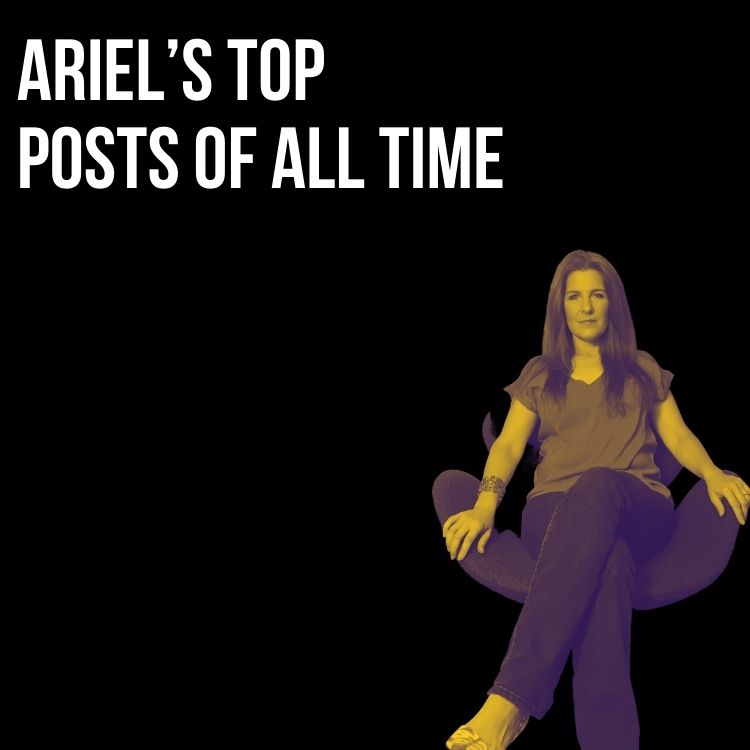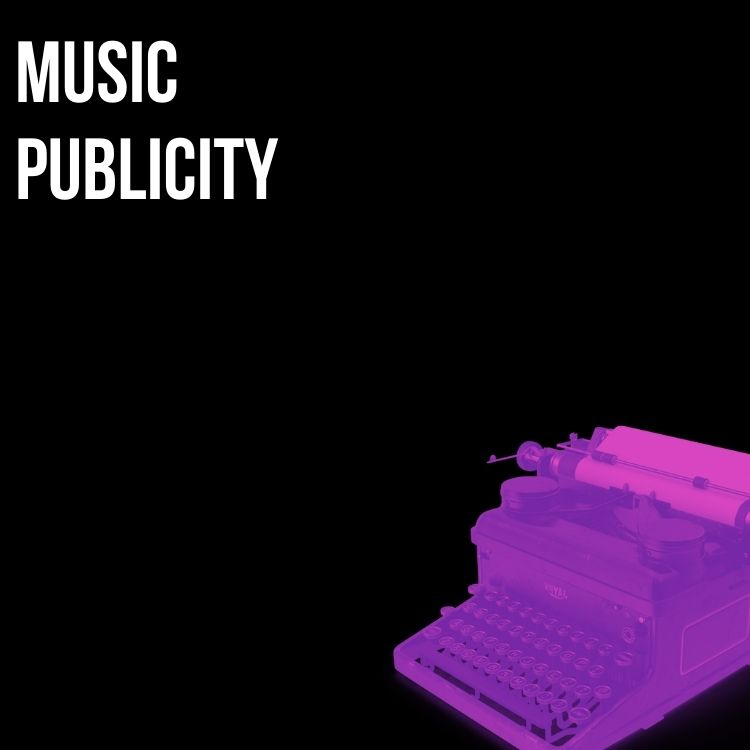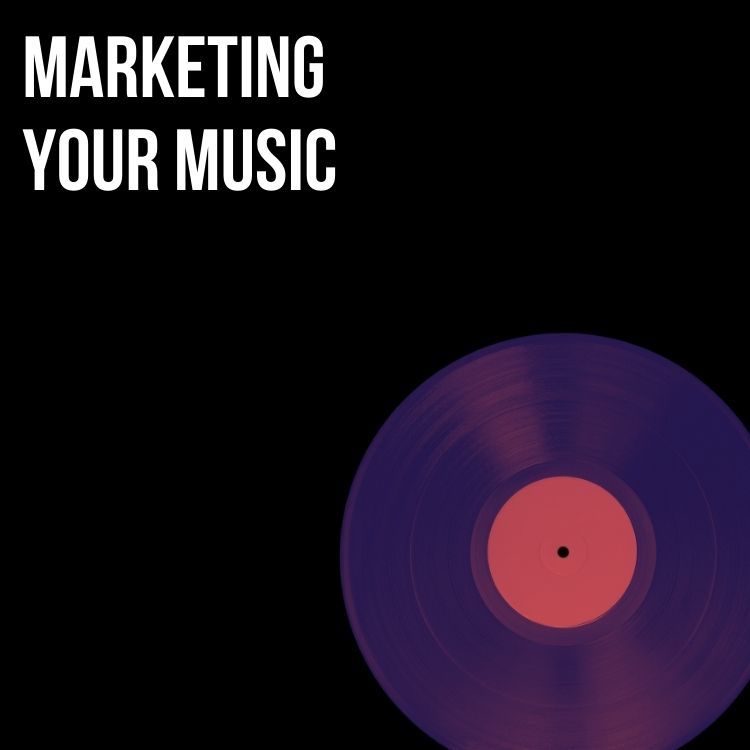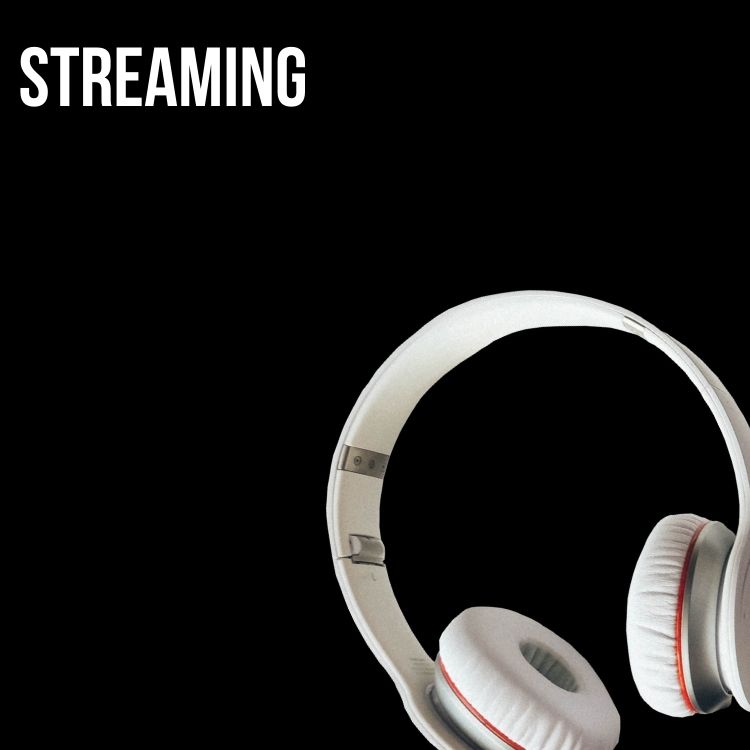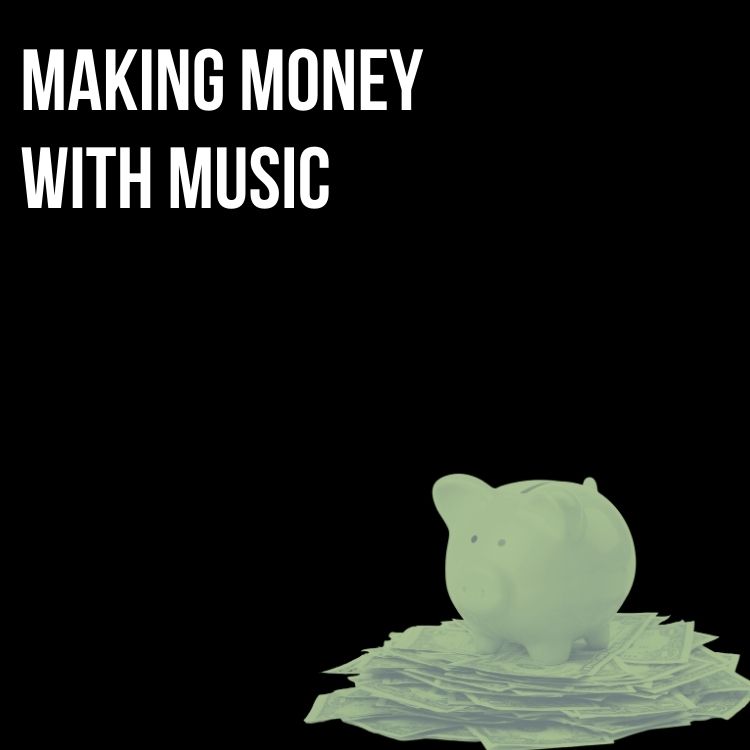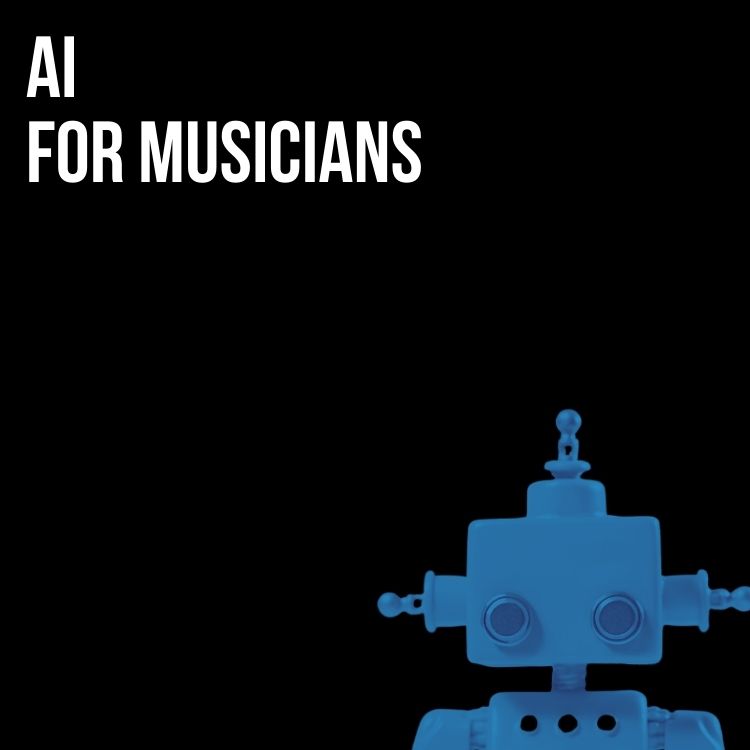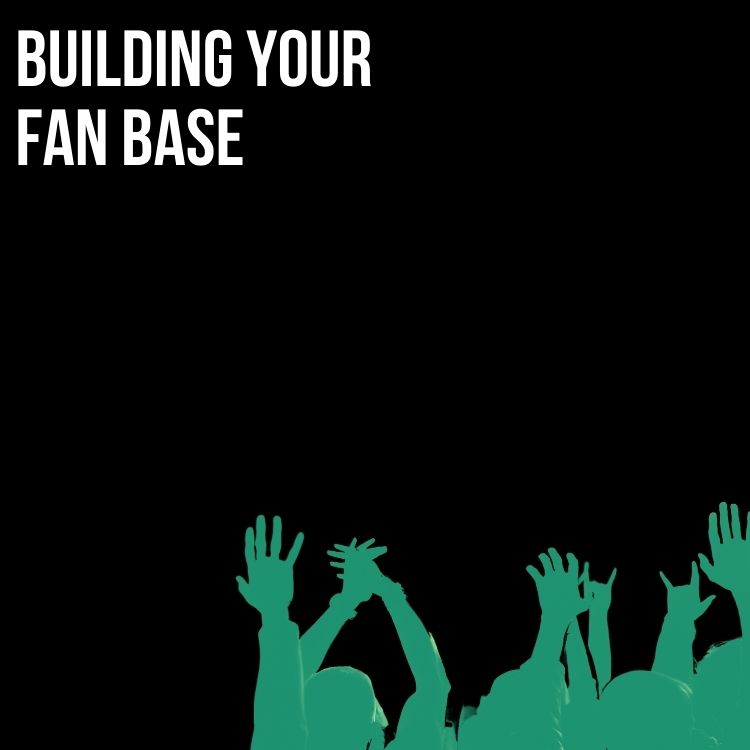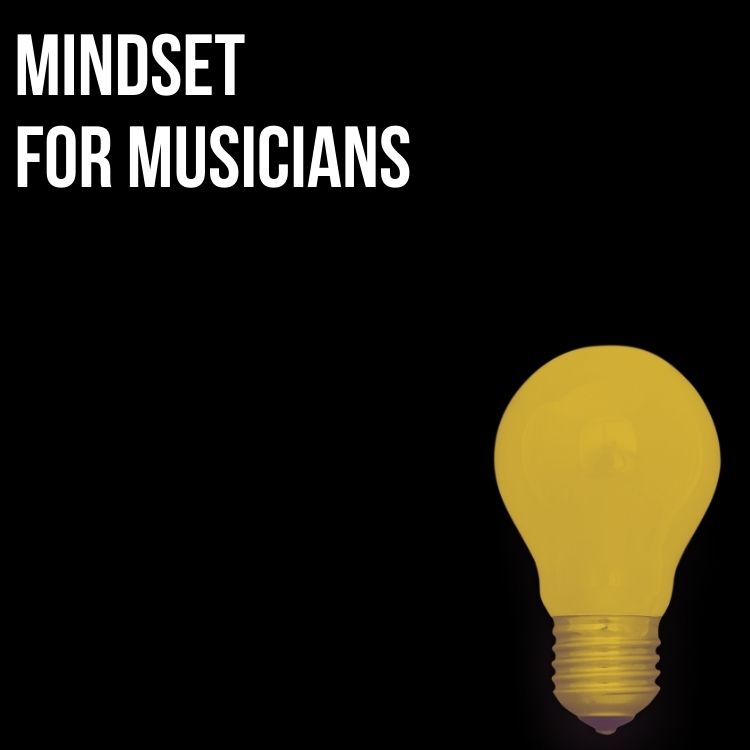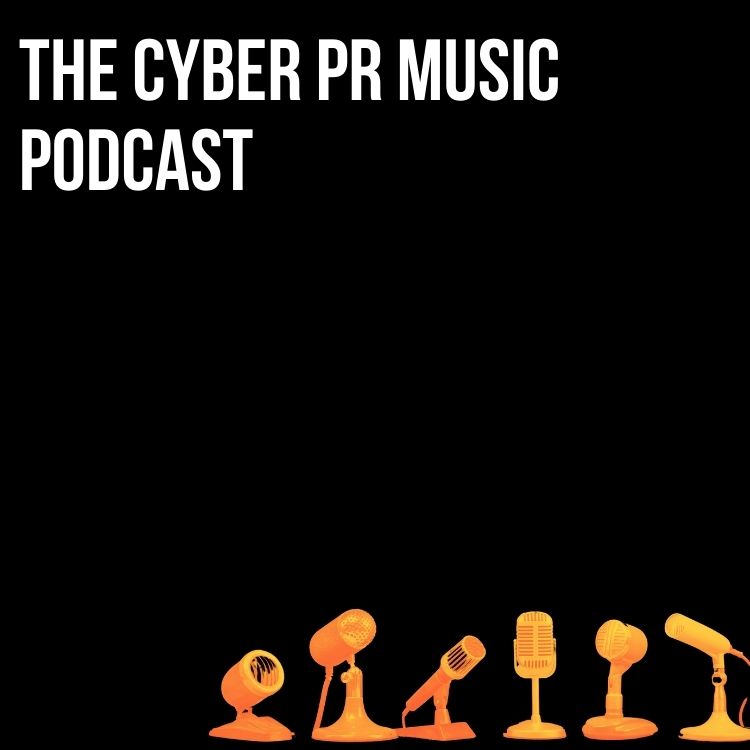
Last week I went to Nashville to guest lecture at my Cyber PR® Course at Middle Tennessee State University (MTSU). The class has 18 amazing students in it. 17 of them are certain they want to create careers in the Music Industry. I believe that they can. I told them hat the best way to do this is to follow the path of the entrepreneur and not the path of the CEO. They shared with me their visions for their own futures and I will be posting much more about them here in the coming weeks.
This is the 4th installment on entrepreneurial leaders in the music business for Music Industry and Music Business students, so that they can begin to follow their paths and look to them for inspiration. This weeks inspiration comes from a man who inspires me deeply. Why? Because of him and his vision (which was born out of just one frustrating political conversation) there are now 175,000 new registered voters and a network of 8,000 volunteers working to make a difference for the future of our country.
Please meet Andy Bernstein who like so many of us started as a fan…
Ariel Hyatt: First, I know you have a rich music related history from before you founded HeadCount – tell us a little bit about how you got here?
Andy Bernstein: Ah. You’ve outed me already! I co-wrote a book called “The Pharmer’s Almanac” that was the first fan guide to Phish. Myself and several friends put together the first volume, which was a self-published, black and white-type thing, and sold it at Phish shows. It took off very quickly, and we began distributing it to “hippie stores” around the country, and updating it once or twice a year. We eventually did six volumes and sold over 70,000 copies. By volume 5, it was full color, beautifully bound and put out by a major publisher (Putnam-Berkelely). The final volume actually had a new crop of editors, as we passed it on to a younger group of Phish fans. Interestingly, one of my co-authors was Lockhart Steele, who later became the managing editor at Gawker and then started Curbed Media (Curbed, Eater, etc.). He also gets outted as having written a Phish book in a lot of interviews, including the feature on him in the New York Times Sunday Magazine!
AH: Now tell me a about HeadCount. What inspired you to start HeadCount?
AB: Well it began in late 2003, when George Bush was president and there were some very strong and divergent opinions out there. I was particularly upset about the treatment of prisoners in Guantanamo Bay – I felt that it was unamerican to imprison people without charges – and I got into a conversation about it with someone I barely knew. When that conversation ended I said to myself “I need to do something. What Can I do?” And the idea for HeadCount hit me right away. Within minutes the basic idea as there – we would register voters at concerts, in a nonpartisan way. I knew that was the difference that my friends and I could make. Marc Brownstein of the Disco Biscuits was involved literally minutes later, and the Al Schnier of moe. and Bob Weir. Things really took off from there.
AH: Do you consider yourself an entrepreneur? Do you think most heads of non-profits consider themselves entrepreneurial?
AB: That’s a great question. I don’t really put a label on myself but we are very entrepreneurial in how we approach everything we do. We constantly have to reinvent ourselves and there is no blue print for HeadCount – no one has successfully done what we’ve done. So if we don’t come up with new ideas all the time and find ways to pay for it and create real impact, we are dead in the water. I can’t speak for other non-profits, as I think it varies based on what the NPO does and how long they’ve been doing it, but I can tell you that HeadCount operates like a creative lab. We are trying new things all the time and it’s those experiments that chart our course.
AH: How would you describe HeadCount’s approach to social media?
AB: It starts with the idea that you have to have a conversation with people, not talk at them. Better yet, just facilitate a conversation where you’re helping people connect with each other but not necessarily putting your own message front and center. If you do that well, everything else kind of takes care of itself. So every day on Twitter and Facebook we just post interesting links. If you like us on Facebook, every day at around 4 PM something will pop up in your news feed. Something fun or newsworthy that will get people talking. We just try to start the conversation, and let our community take over. I call it the “trusted friend” approach.
You know, we’re a political organization in terms of our overall purpose, but our culture is more about music and the way we connect with people is less about trying to get someone to take an action, and more about trying to give people voice. This summer we did Facebook contest called “Signs of the Times.” The first piece took place at festivals, where fans could stop by our booth and take a photo holding up a sign. We had 20 signs each with a word or two on them, like “Protect” or “Our generation” or “I vote because.” Fans then filled in the signs with words of their own choosing. The photos went up in Facebook albums, people tagged themselves, and whoever’s photo got the most “likes” would win a prize, usually tickets to the same festival next year. The whole idea was to just let people be themselves and say whatever was on their minds.
We just loved the signs of some of the winners. One said “We are a military family and we love peace and music.” Another pictured two gay women kissing and said “Stand up for the right to love.” I should also mention that about 75 different artists participated, and that obviously got an amazing reaction. Bob Weir, Les Claypool, Wayne Coyne, Jim James of My Morning Jacket, G. Love. Warren Haynes. Mumford and Sons. James Murphy of LCD Soundsystem. Questlove. My favorite was Dave Murphy of STS9. He beat cancer this year, and his sign read “LIfe Inspires Me.” It was very emotional. (Marc Brownstein then did a sign that said “Murph Inspires Me.” All the artist photos are in one album. It’s pretty amazing.
When the contest launched, we had 7,250 Facebook fans. Three months later, we were over 40,000. It’s still a modest number, but it’s in the upper echelon of music-oriented non-profits. And we’re lucky enough to have more Facebook engagement than any youth voter organizations (there are a good number of them) Pretty much anything we post will get 50 or so responses, and we pay attention to that number just as much as our voter registration totals. It’s a true measure of how well we’re connecting with our constituents.
AH: You guys are putting out a lot of digital content. How do you find the time and resources to do it all? Where have you had the most success with your content approach?
AB: HeadCount has always been a volunteer-driven organization and our approach to social media is no different. We have a team of about a dozen volunteers perusing the Web every day to find interesting content. They have parameters that are pretty clear, and work within those. They then cut and paste headlines and suggested Twitter language into a Google doc, and then someone in our office – usually an intern – selects the best stuff and tweets it. We’re putting out 6-8 tweets a day. The intern will then suggest 2 or 3 items for our daily Facebook post, and we make a joint decision. I want to note that when I say “intern”, it might connote the wrong image. It doesn’t mean that we give this job to the lowest person on the totem pole. Our interns are always really, really bright kids who have their ear to the ground in terms of music, politics, and youth culture. They play a very important role in everything we do, particularly social media. They are stars of the organization, in this regard. But this approach also means we’re not eating up too much paid staff time. All that said, everyone pitches in. We also update our blog on most days, and that’s a team effort between our many volunteer bloggers (we have about 30 who post semi-regularly) and our staff which does all the editing. Our blog gets a fair amount of traffic, and we cover stuff that gets missed by the mainstream press. Our most popular story this year was one about Trey Anastasio of Phish going to DC to advocate for Drug Courts.
AH: Charity Water has turned the non profit world on it’s head by using Social Media like ROCKSTARS any similarities or comments you want to make about that?
AB: You know they do something really unique which is to make their office and their employees front and center and kind of turn the organization into a character online. One thing we have noticed is that any time we post a photo from our office or of our volunteers it gets a great response. So I can see where Charity Water’s approach – letting your brand personality shine through via social media – has a lot of legs.
AH: How do you get artists involved? Are you happy with working with smaller / emerging artists or do you just go for the bigger names?
AB: Our board of directors, which includes a lot of promoters and managers, plays a huge role in getting artists involved. We’re constantly adding new artists – the most recent being Jay-Z and Kanye. It usually starts with just getting permission to set up tables at their shows (although, with Jay-Z it dates back to doing a public service announcement with him last year. Then we try to grow the relationship from there. There are about 80 artists that we consider “HeadCount artists”, which means we register voters at their shows. I think one reason we’ve been able to work with so many artists is we just make it easy on them. We know when to push for things, but we also know when not to push. And we’ve built a lot of trust. To your question about emerging artists, I have to confess that finding the best model with smaller artists has always been a bit elusive. When you are thin on time and resources, and your goal is to register and inspire as many people as possible, you gravitate toward the artists with the largest reach. Every four years we try to reinvent our Emerging Artist program (yes, we do have one), so that’s on our agenda now. I’m open to suggestions!
AH: As an artist, what are the benefits of getting involved with a charity?
AB: I think if you asked any successful musician what truly motivates them, it’s not money or fame. It’s that amazing feeling you get when you touch someone or touch many people. Well, when you work with a cause, you can touch people in a whole different level. You can literally change the world. And that’s a high. Giving back feels good. Being a leader – at a time when our planet needs leaders – well what could be better than that?
AH: What mistakes do you see getting made with social media? What are some mistakes you’ve learned from?
AB: Well, I don’t claim to be enough of an expert to say what other people are doing wrong, but I’m often surprised by how little attention some folks in the political space pay to it. We put out a report last year that Republicans candidates had more Facebook friends than Democrats by a 3:1 margin. That should have been sending alarm bells throughout the progressive political world. I’ve sat in high-level strategy meetings of the leaders of multiple voter registration organizations and literally hours went by without even a mention of social media. And that scares me. 80 percent of 18 to 34 year old Americans are on Facebook. How can we possibly reach young voters without crushing it in social media?
AH: What are the results of the success you’ve had on Facebook? Can you translate it into voter registration and other key metrics?
AB: Well, one crazy thing is that our voter registration numbers at the festivals shot way up this year, like triple where we were in the last non-election year, because the photo contest attracted such a crowd. But where Facebook really translates into tangible results is in volunteer recruitment. Especially as the Presidential election approaches, I hope we’ll draw thousands of new volunteers from our Facebook community. There are good signs on that front. Twice this year we posted looking for people with particular expertise (Video editing and Wordpres). We got awesome responses and expanded our team with two really terrific people who are playing key roles now.
AH: What was the biggest lesson that you learned the hard way throughout this journey, and what happened?
AB: I learned to never confess to your worst moments in interviews! Just kidding. Let me put it this way. In 2008, HeadCount had the highest percentage of successfully getting people on the voter roles of any organization. That’s a very wonky metric but it basically is a measure of our system integrity. The reason we did so well is that, candidly, in 2004 we definitely weren’t as organized and struggled in many areas. So we vowed to be insanely buttoned down and build a lot of checks and balances into our internal systems. Had we not learned the hard way in 2004, we probably would not have gotten it right in ’08.
AH: If you could give some critical advice to a young person who wants to get into the music business, what would it be?
AB: I’m going to have to give a shout-out here to a guy named Sebastian Freed. Sebastian was an intern for us in ’06. We hired him in early ’08 as one of our first employees, and he was with us until late last year when he left to follow his dreams and became an unpaid talent buyer at a very small club in NYC. One thing I knew about Sebastian is that he had a great work ethic and that he respected people. He didn’t get caught up in any of the music industry flakiness or believe he’s so important that he doesn’t need to return phone calls or not be accountable. Well, fast forward less than a year, and he got the job as the talent buyer at Mercury Lounge, one of the most important small clubs in America. It is the gate to the kingdom that is Bowery Presents. I am so proud of Sebastian and I know he got there the right way – he worked hard, he sacrificed, he was accountable and he was kind to others at all times. Maybe that’s not the classic music business story, but it’s his story and I’m so glad to say it’s all true.
AH: Do you think you have something that separates you from other people?
AB: How can I answer that without sending like a self-congratulatory jerk? Well I know this, I am colossally bad at many things. I once got fired from a job because I couldn’t write a company check correctly. My mind doesn’t work that way. I am classic ADD. Always thinking. Always moving. And that has it’s benefits. I get things done because my mind is constantly looking for angles and ways to create. At Bonnaroo last year, Jay-Z gave a little speech on stage about how this generation changed the world by electing Barack Obama. I turned to my girlfriend and said, “That’s our next PSA. We can splice the Obama part out and make it non-partisan.” And then I just went after it. I wrote a HuffPost piece about what he said and what could be drawn from it. I went to our friends at Superfly and got the footage. I had one of our board members Pete Shapiro contact Jay-Z’s manager. I lined up an editor and wrote copy. It took 3 months to get everything approved and pull all the pieces together, but we ended up releasing it as a 30 second PSA and it aired on CBS Network, Fuse, and a few other networks. It also got a great writeup in the New York Times, which I’d be lying if I said wasn’t important to us. So, I think the quality that I have is that I just go after things. I get ideas – the Pharmer’s Almanac, HeadCount, and all the pieces of those projects – and I keep pushing until they become reality. That’s how I work. I’m also want to note with some pride that the production cost on the PSA was exactly zero dollars. Which is a good thing, because I’m incapable of writing a check.
AH: What would you say is the most important skill that you’ve learned or needed to learn in order to have success in your career?
AB: Management. And I’m learning every day. Managing people is really, really hard. But I’ve had the pleasure of supervising some amazing people, and they’ve taught me a lot, because they’re not afraid to tell me when I screw up, and I’m not afraid to listen. I believe in an open door policy, and that I need to listen to everyone – employees, volunteers, board members. Everyone’s opinion is valid. Doesn’t mean I always agree with them, but I’m not afraid to hear them out.
AH: Is there a book that you think young people should read to kind of jump-start their brain? Or a movie they should see? What’s on the Andy required reading list?
AB: I just read Danny Goldberg’s “How the Left Lost Teen Spirit,” a very relevant book about music and politics and how the left has missed the opportunity to work with popular culture to achieve its objectives. Great read. But the book I always recommend is a fairly obscure one called “The Man who Tried to Save the World” by Scott Anderson. It’s about a relief worker named Fred Cuny who goes missing in Checnya, and the author’s search to figure out what happened to him. Cuny was a renegade in relief work circles, a cowboy who took big risks and pissed off the establishment, but also an innovator. One anecdote in the book is that Cuny figured out that the best way to lay out a refugee camp is not in a grid, but in circles of tents. That way, communities form and people take care of each other. Rates of disease are lowered, crime goes down, and everything works better. It was proven in studies. Of course, if you see a refugee camp on TV nowadays, the tents are still always laid out grids. It shows that bureaucracy and conventional thinking are a force as strong as innovation. It’s a reminder that we all have to keep fighting to shape the world in the way we envision.

Ariel Hyatt (Center) with Andy Bernstein and the HeadCount Office crew
Come hang with Andy Bernstein & HeadCount
You can read the other articles “On Being An Entrepreneur” featuring Derek Sivers (CD Baby), Michael Laskow (Taxi) and Panos Panay (Sonicbids) linked to this blog post below. I’ll keep them coming.
Subscribe for more!
Back to The Blog

